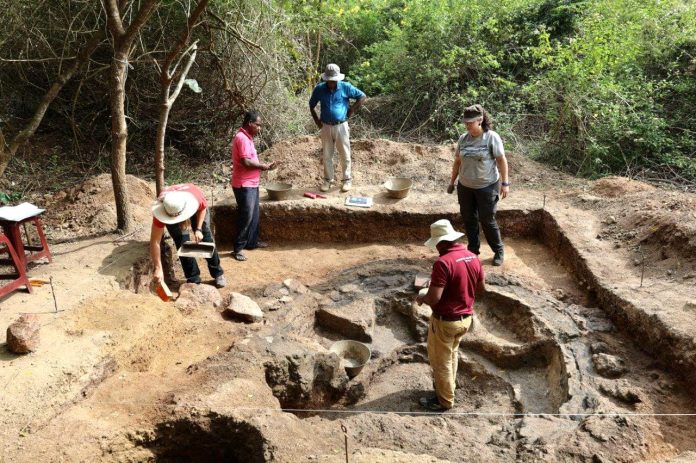A groundbreaking archaeological project in Giribawa, North Western Province, is revealing a little-known chapter of Sri Lanka’s ancient industrial history—its early glassmaking tradition.
The Giribawa Glass Manufacturing Project, which began in 2022, is a collaborative effort between the Department of Archaeology of Sri Lanka, the German Archaeological Institute (DAI-KAAK), the University of Kelaniya, and France’s CNRS. The project, recently spotlighted by the German Embassy in Sri Lanka, is unearthing evidence of a once-thriving glass production site dating back as far as the 7th century.
Located near the village of Giribawa, the site—locally known as Pabalugala or “Pearl Rock”—has long been noted for its scatterings of colourful glass beads. These beads, researchers believe, mark the remnants of a significant glassmaking industry that may have supplied ancient trade networks across South Asia and beyond.
Excavations have revealed the remains of ancient furnaces used in glass production, although some have suffered damage due to looting. The ongoing research seeks to decode the techniques used by early Sri Lankan glassmakers, shedding light on the island’s role in regional and global trade. Preliminary findings suggest that the site was active from the 7th to 11th centuries, with its products potentially reaching major historical trade centres such as Anuradhapura, Kuchchaveli, Pomparippu, and Mantai.
Using modern archaeological tools like radiocarbon dating, digital imaging, and chemical analysis, the project is also tracing the journey of Sri Lankan glass beads that have surfaced in far-flung locations including Egypt and Tanzania—testimony to the island’s historic connections across the Indian Ocean.
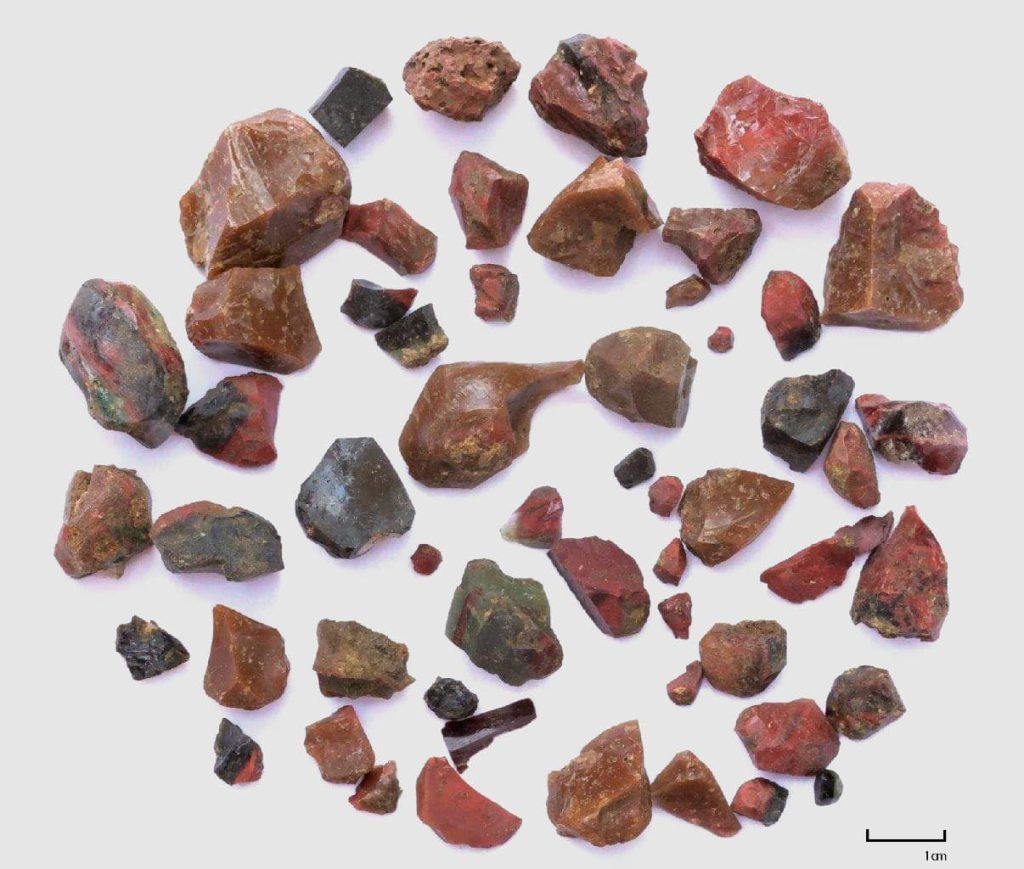
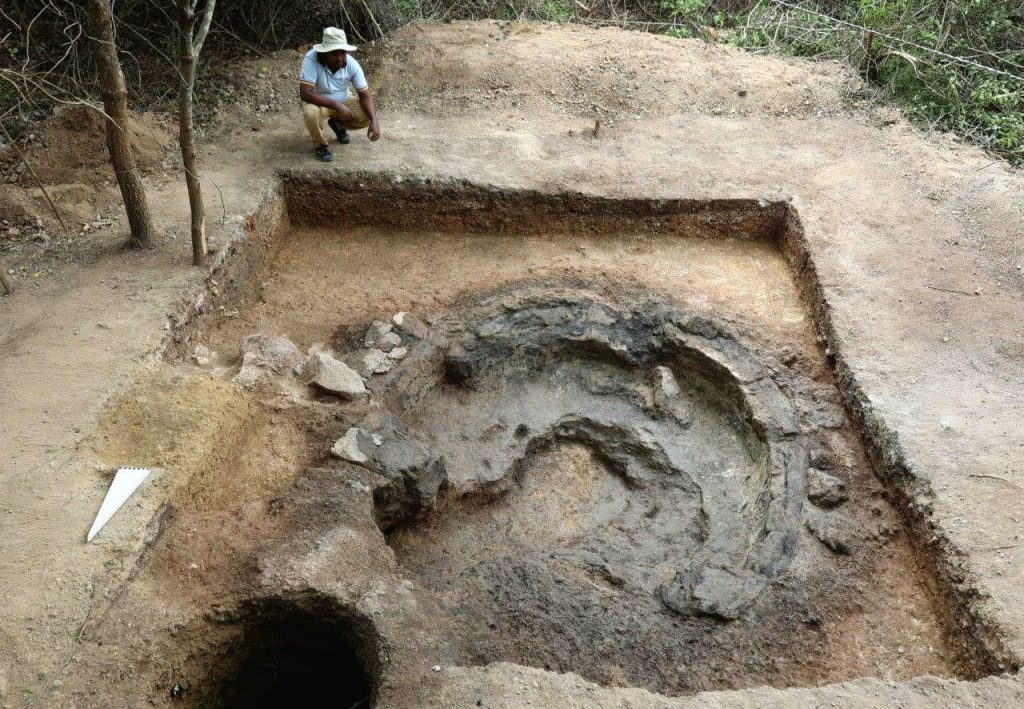
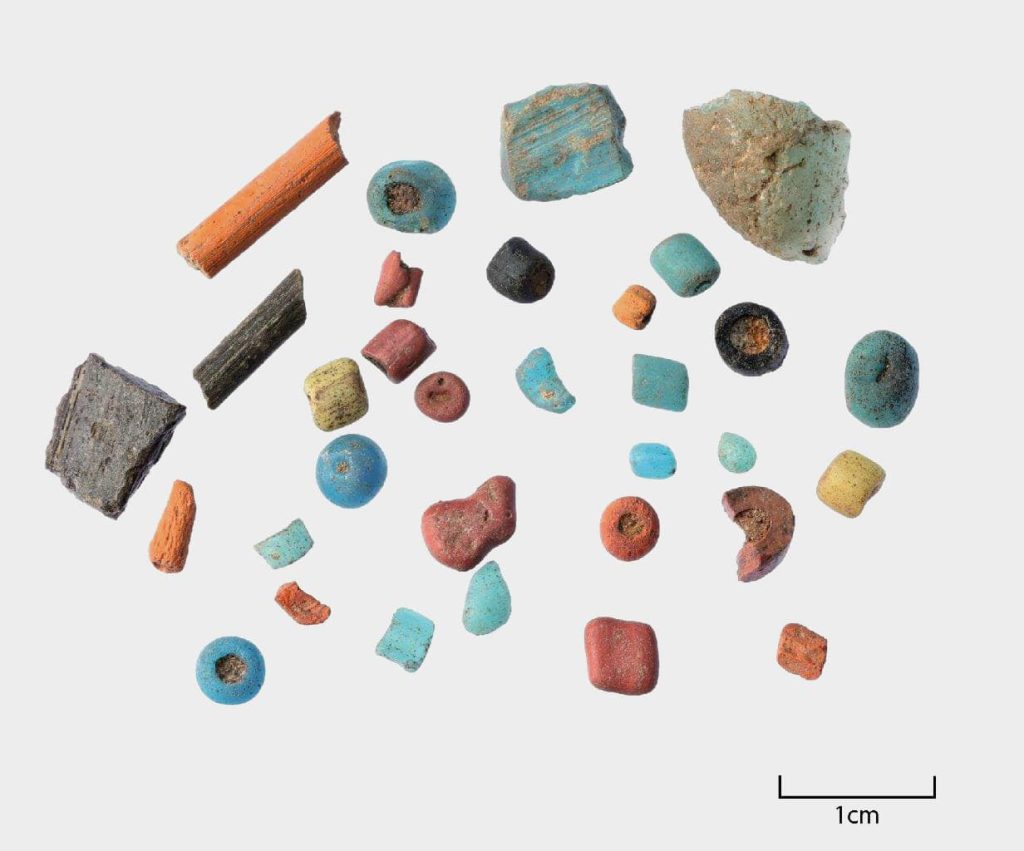
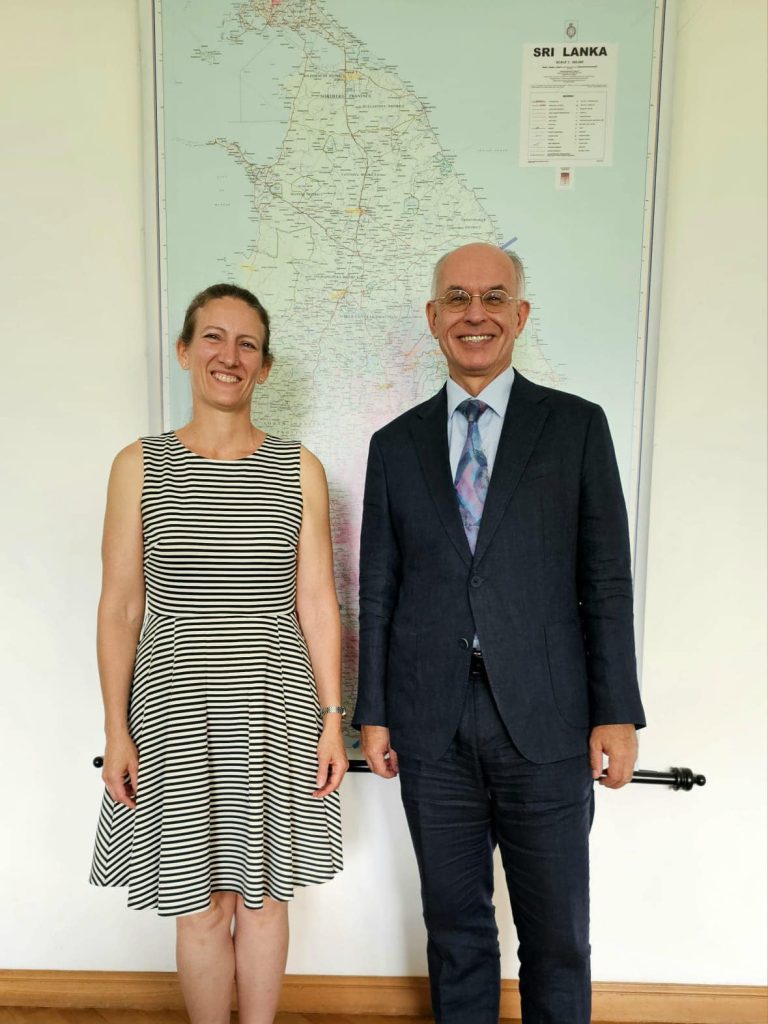
Pix: German Embassy Colombo/Facebook


